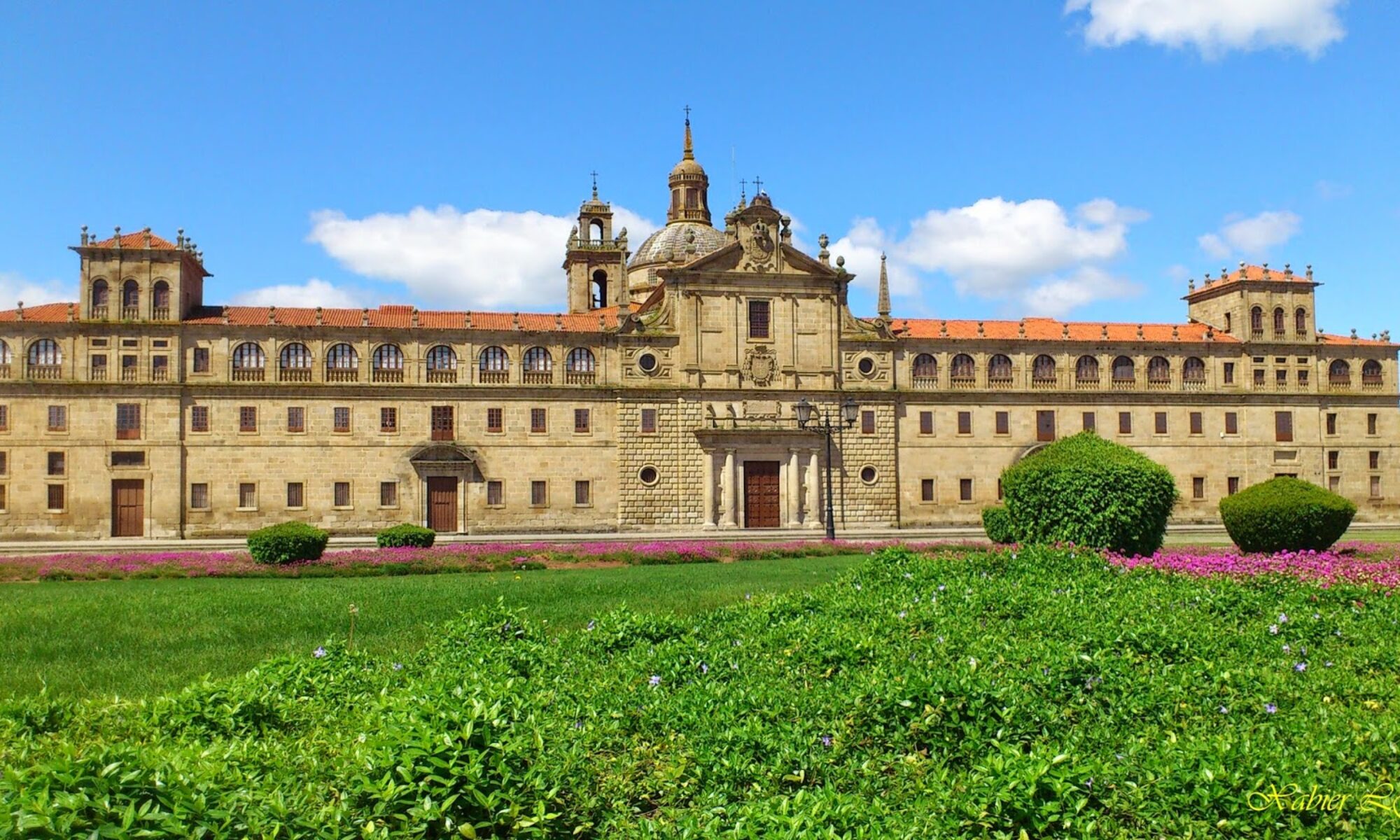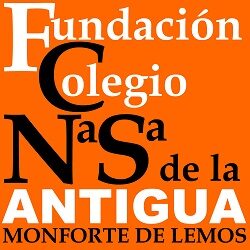
(Douai, Low Countries, 1529-Florencia, 1608). Italian sculptor of Flemish origin. The one who would arrive to be first sculptor in the court of the Médicis decided, to the fourteen years, against of the plans of his father, that loved that it was notary, ingresar in the workshop of Jacques Dubroeucq in Mons. There worked until 1550, year in that decided to travel to Rome to continue his training, where knew the estatuaria ancient and of the first renaissance. When, after two years of learning, went back to his country, retained it in Florencia Bernardo Vecchietti, the one who converted in his mecenas, lodging it in his house and providing him the first encargos. Giambologna Remained in the villa of «Il Riposo» at all least that fourteen years, in which carried out his artistic training. In 1560 presented a model for the contest of the source of Neptuno, in the square of the Signoria, competing with artists of it cuts of Benvenuto Cellini, ¬Baccio ¬Bandinelli and Bartolomeo ¬Ammannati, that was the one who won. However, the following year, 1561, already received a monthly wage of the Médicis, and began to work for the prince Francisco.
Between 1563 and 1567 realized his first monumental work, the source of Neptuno in the city of Bolonia. Then it was called by Cosme of Médicis for esculpir the group of Florencia triunfando on Pisa, to do couple with the Victory, of Miguel Angel. From this moment worked for the family of the big duke during all his life in a workshop enabled in the Palace Vecchio, first, and in the one of Borgo Pinti, afterwards. When, in 1583, installed the group of marble Rapto of a sabina in the Loggia dei Lanzi, there was already arrived to the point culminante of his career. The monuments ecuestres of Cosme I, in the square of the Signoria, and of Fernando I in the one of the Annunziata, were the start of all a series that decorated the main cities of Europe, highlighting between them the portrait of Felipe III, in the Main Square of Madrid.
Giambologna Created a personal style, splitting of the classical sculptures that so much had impressed him during his stay in Rome, characterized by the virtuosismo technical and the deep interest by the study anatómico, the movement and the multiple points of view, that ended in the contrapposto exaggerated and the figure serpentinata. especializó In a wide thematic that ranged from the classical mythology, the alegorías, the portraits, the religious scenes of the Ancient and New Will, until the figures of animals, so much in marble and in bronze and to all the scales. The big activity of his workshop propició the training of sculptors like Pietro Tacca, his successor, Antonio Susini, his first assistant, Pietro Francavilla or Adriaen of Vries, that difundieron his style by the European courts. This fact, joined to that his masters, the Médicis, used his works like obsequios diplomatic to the highest level, contributed of exceptional way to the success of this artist, cuyas works have followed admiring and reproducing until our days.
Of Juan of Bolonia is the statue funeraria of the Cardinal Rodrigo of Castrate, that find in the presbiterio of the Church of Nª Sª of the Ancient. Realized in Bronze.




